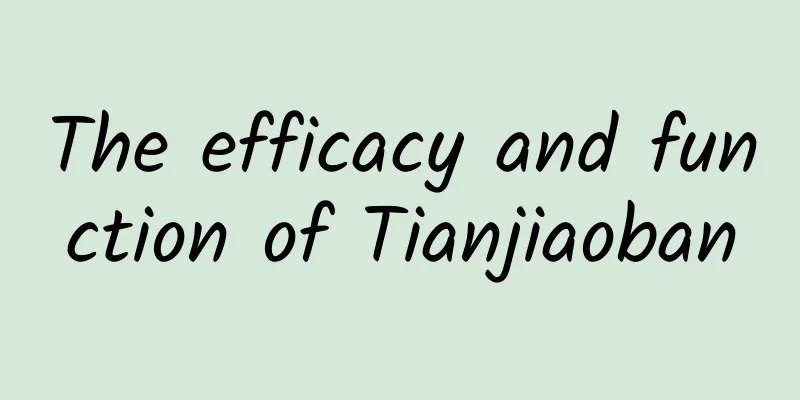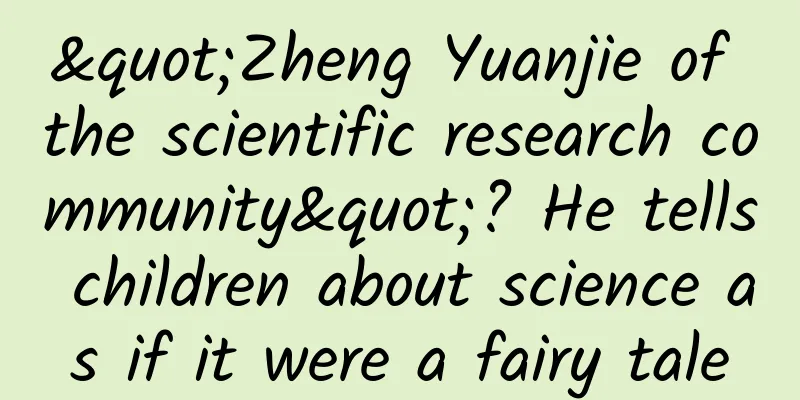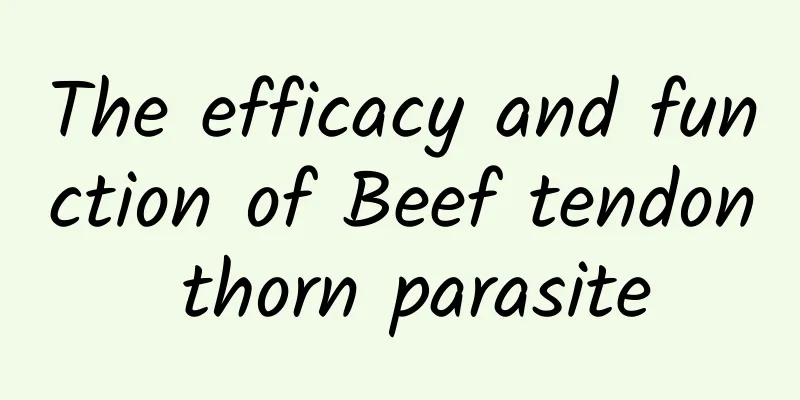What are the effects and functions of tomorrow grass?

|
Moonflower, also known as bright moon grass, is a perennial herb that contains a variety of minerals, vitamins and proteins. It has excellent anti-thrombotic, anti-cancer and blood pressure lowering effects. It is also clinically used to treat diabetes, liver disease, cirrhosis, colds, asthma and other diseases. 1. Angelica keiskei Tomoya keisuke, also known as moon grass and longevity grass, is a perennial herb native to Hachijo Island, known as the Longevity Island of Japan. Angelica dahurica is known as the "healthy food of the 21st century". It is rich in unique ingredients chalcones and coumarins, as well as a variety of minerals, cellulose, protein and vitamins needed by the human body. Today, in Japan, South Korea, Taiwan and other places, tomorrow leaves have become an all-round food for "health, vitality and longevity". 2. The role and efficacy of tomorrow leaf Internationally renowned expert Professor Kimie Baba of Osaka Pharmaceutical University in Japan and others have found that tomorrow leaves have anti-aging, anti-ulcer, anti-thrombotic, anti-cancer, blood pressure lowering, blood lipid regulating (lowering low-density lipoprotein cholesterol and raising high-density lipoprotein cholesterol), blood sugar lowering, and human immunity enhancing effects. The above-ground part or the whole plant: has the effects of clearing heat, promoting diuresis, strengthening the body and promoting lactation. Treat high blood pressure, low blood pressure, arteriosclerosis, angina pectoris, palpitations, diabetes, liver disease, cirrhosis, colds, asthma, empyema, gastrointestinal disease, rheumatism, sciatica, insomnia, insufficient milk, lung cancer, and stomach cancer. 3. Medicinal value of tomorrow leaf The tender stems and leaves can be eaten as vegetables. Famous biological experts analyzed the tomorrow leaves and found that its stems and leaves contain a variety of vitamins, carotene, 16 kinds of amino acids and benzophenone and other ingredients. It can be eaten directly as a natural green vegetable, so it enjoys the reputation of "magic plant". Tomorrow leaves have a unique aroma that can remove the fishy smell of fish and meat; the stems and leaves become soft and delicious after boiling in water, and can be stir-fried, deep-fried, served cold, boiled in soup or made into tea as a vegetable. The whole plant can be used as medicine, either as an edible wild vegetable or as medicine. It is said to have the effects of fighting cancer, preventing cell aging, and regulating chronic diseases. 4. How to eat tomorrow leaves Soak 4 fresh tomorrow leaves in light salt water for a while, then rinse them with clean water, put them in your mouth, chew them into pieces and swallow them, 2 to 3 times a day. The growth of tomorrow leaves slows down after November, and the source of leaves becomes less. You can pick some leaves during the peak growing season of tomorrow leaves, dry them, and boil them in water to drink in winter, which has the same therapeutic effect. Generally, obvious results can be seen after one to one and a half months of consumption. It is important to note that you should not drink tea while taking tomorrow leaves. |
<<: What are the effects and functions of Tripterygium wilfordii?
>>: What are the effects and functions of prickly lettuce?
Recommend
What are the medicinal values of geranium?
Geranium is a very common Chinese medicine. Perha...
Contraindications of taking Angelica dahurica powder
White peony root is a common Chinese herbal medic...
International first! Chinese scientists have made a major breakthrough
Quantum simulation experiments have made a major ...
Stop eating it while it's hot! It may harm you...
A study led by the International Agency for Resea...
Ditch the milk and drink "plant milk"? Don't do it yet!
|||| Compiled by New Media Editor Fang Yongzhen T...
It is impervious to water and fire and can capture comet particles. What is the origin of this material?
Aerogel is the lightest solid material in the wor...
The efficacy and function of Coriolus mulberry bark
As people's research on traditional Chinese m...
I thought it was a minor gastrointestinal problem, but it turned out to be cancer! Pay attention to these people! Timely examination can really save lives
Stomach pain, bloating, acid reflux, blood in sto...
Can we relax epidemic control at this stage? What are the consequences? Dialogue with authoritative experts
According to a case recently reported by Beijing,...
Is Shouzhu root good for gout?
Shouzhu root is a food with certain nutritional v...
Here’s what adults should know about school bullying!
School bullying is defined as an incident in whic...
It’s better not to eat this kind of melon!
Summer is the time when a lot of fruits are on th...
The efficacy and function of Sarcandra scabra
Herba Lycopodii is a kind of traditional Chinese ...
Check yourself! Come and see if your ID card has been stolen by others!
appendix: Official website of the Credit Informat...








![[Smart Farmers] Subvert the impression! This kind of "working" bees can also reproduce offspring](/upload/images/67f0a1dd1b7a0.webp)
